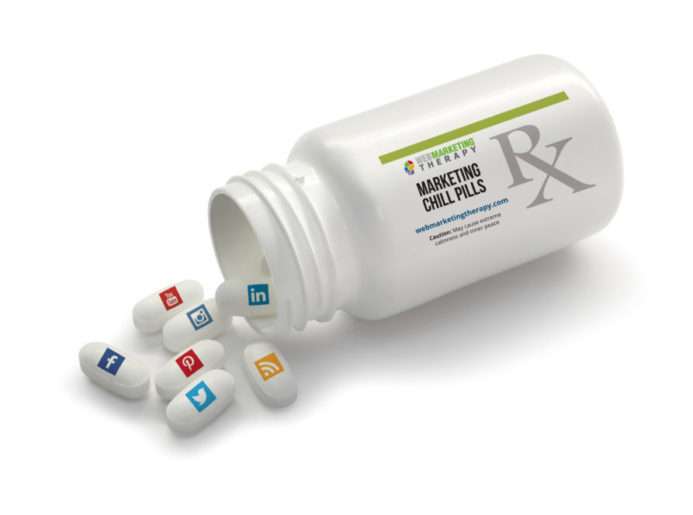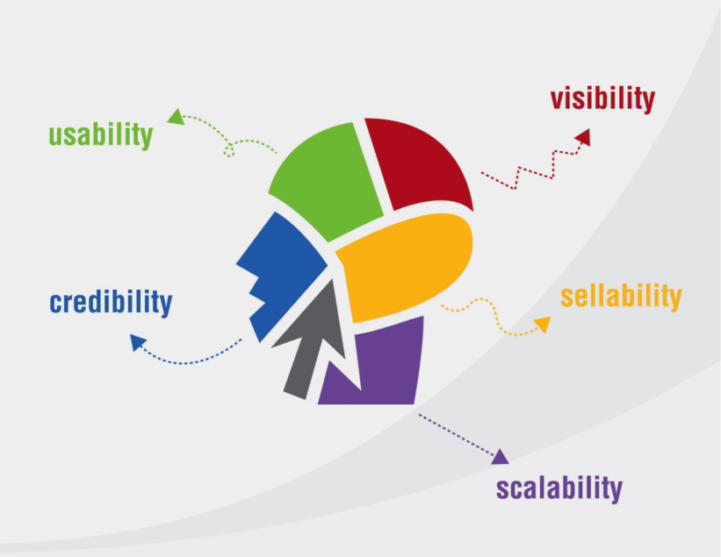When you’re in the day-to-day routine of managing digital marketing or have other vendors or employees helping manage it, it’s critical to evaluate all the different pieces of your marketing puzzle to make sure things are optimized and really clicking to support your goals. For years, we have supported our clients with marketing audits, getting under the hood of everything (website, social media, paid ads, content marketing, email, search optimization, etc.) to identify optimization opportunities and new channels to invest in. Sometimes, this process includes evaluating vendors and contractual agreements. I am all about moving forward, but not until your current digital marketing foundation is in the best shape it can be.
The whole point of an audit is to evaluate what you’ve accomplished so far and find ways to leverage what you already have (this is my favorite part!) as well as identifying other opportunities for connecting with your audience. Audits, if done well, uncover your most valuable marketing assets — and which ones are doing more harm than good. An audit isn’t an exercise in negative self-criticism, though. Instead, it’s a fact-finding mission that will help you present the best brand possible over the long term.
Since it can be tough to know where to start with an audit, our firm compiles our recommendations under our custom five-factor success framework. Before you decide to add, change, or delete any tool or process, evaluate them against these things:
1. Credibility
By definition, credibility is “the quality of being trusted or believed in.” Marketing, of course, is all about relationships, and most of us know a good relationship is built on a bedrock of trust.
That said, no one establishes trust overnight. Instead, building credibility is an ongoing process that blossoms over time. So when you sit down to do your audit, ask yourself if the various pieces of your marketing strategy contribute to your credibility. Do you have compelling customer testimonials online about success using your business? Is your news or PR page regularly updated? Does your content marketing, whether it’s a blog post or a video, showcase your authority on a subject or are you just rambling? Is your website “on brand” and “on purpose”? Is your content compelling? How is your about page looking? Is it up to date?
The key is to note anything that isn’t building up your credibility and getting the right steps in place to get improvements made.
2. Usability
Most of us have left a website mid article or transaction because of things like long page loads or complicated transaction processes. But in this day and age, no business can afford to lose customers because of simple technical errors that affect the user experience.
Along with a smooth technical ride, the experience you want your audience to have on your site should be crystal clear immediately, giving directions and calls to actions that are obvious but not obnoxious. If your e-commerce store is hard to browse or not optimized for a disability like colorblindness, fix those issues, too. How is the load time? The ideal online presence should be so usable your audience doesn’t have to think about what they’re doing as they interact with your brand.
Usability is about more than tech; the language you use when interacting with your audience is just as important. Any information should be handed out in small, digestible chunks. Our attention spans will no longer tolerate massive blocks of text, regardless of how much slang you’re using.
The way you communicate is your most powerful tool in creating connections and generating conversations.
3. Visibility
People need to see your brand in order to interact with it. This is one part of the audit where you will look at various tools and networks you use for your marketing strategy.
Take stock of where your brand is currently visible. That’s an enormous number of places these days, from social networks to search engines to online press releases, Google ads and email marketing.
It’s important to remember here that more doesn’t necessarily equal better. You want a wide-reaching presence, but you don’t want to waste your time or your employees’ time pushing content to places where it won’t resonate with the audience. To that end, take careful stock of where you are and ask yourself if that’s the ideal place for your brand or if you could be somewhere better.
4. Sellability
This is my own term for helping people understand why they should be working with you and how you can bring them value.
One thing I want to make clear: you don’t get to sellability by trying to sell something. As I mentioned, marketing is, at its heart, about creating and nurturing relationships based on the above three factors. Those take time to develop, so if you’re marketing for the sake of making transactions, you are going to get frustrated quickly and burn out eventually.
The best thing you can do to help your sellability factor is to stay out there in front of your customer. Remind them, through content on your various tools and channels, not just that you’re here, but why you’re here, and how you can help them.
5. Scalability
Small steps over time add up to a huge end result. Your social media content is key here. Regularly updating your networks with good, credible content is an investment in your overall brand. (It also helps keep you in front of your audience.) Over time, these bite-sized bits of content add up to an enormous marketing arsenal that becomes easy to share as needed. But it takes dedication to reach a state of scalability.
Remember, small steps are the fastest way to success here. You don’t need 20 Instagram posts a week if you just started an account yesterday. Practice patience and consistency, and you will reach the payoff sooner than you think.
You might have noticed that these five factors built upon one another, and that one can’t exist without the others. That’s why it’s so crucial to include all of them in a regular audit. When you can get all five factors multitasking, you will know you have a solid marketing experience on your hands.

